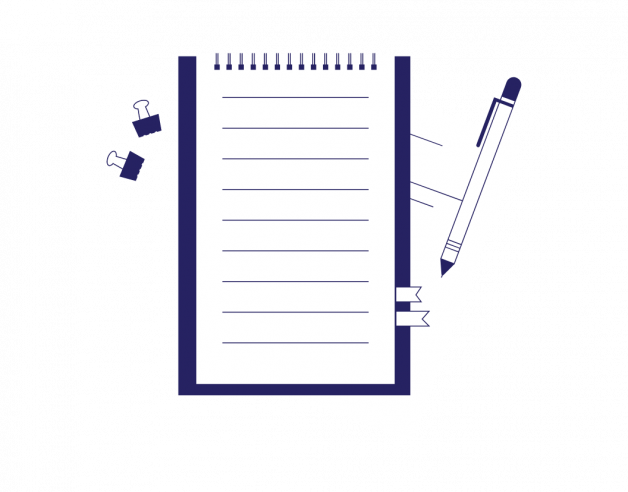
-
3-minute read
-
15th January 2023
How Is Proofreading Different From Revising?
You might think proofreading and revising an essay or any other document are the same thing, but they aren’t! Read on to learn their key differences.
What Is the Revision Process?
After you complete a first draft of a document, it’s time to start the revision process. This involves polishing your work until it’s ready for submission. You are focusing on the overall content and big picture of the work and making sure that what you’ve written aligns with your key purpose and meaning. Revision involves:
● Modifying and/or refining your arguments and ideas.
● Adding more information to sections that need further support (e.g. examples, data, and subpoints).
● Cutting unnecessary or irrelevant sections of text (e.g. anything that could distract from your main points or sounds repetitive).
● Moving paragraphs and sections around for better flow and structure.
● Analyzing your arguments and supporting information to make sure they align with each other and make sense.
Find this useful?
Subscribe to our newsletter and get writing tips from our editors straight to your inbox.
Subscribe to Beyond the Margins and get your monthly fix of editorial strategy, workflow tips, and real-world examples from content leaders.
Depending on how rough your first draft is, revision can sometimes take just as long or longer than the writing process. It might involve several passes through the document. Once you’re satisfied with the content and structure, then you can start proofreading.
What Is Proofreading?
Proofreading involves making surface-level changes, sentence by sentence. If you are changing the meaning or content of the writing, then you’re not proofreading – you’re still revising! It’s important to get all your revisions out of the way first so that you don’t waste time proofreading text that might not be included in the final copy.
Proofreading includes fixing spelling, grammar, and punctuation errors; rewording sentences to make them clearer and more concise; analyzing word choice; ensuring consistency with stylistic choices; sharpening the tone; and making sure all referencing is correct. This process can be slow, but overall you’ll be making less dramatic changes than during revision. Click to read more on what proofreading does.
Summary: Revising and Proofreading
When thinking about the differences between revising and proofreading, remember these key points:
- Revising focuses on the content and structure of a document, while proofreading involves surface-level, sentence-by-sentence changes.
- Revision should always take place before proofreading, as it can include cutting large sections of text and adding new content.
- Proofreading is the final polish on a document that removes errors, inconsistencies, and repetitive or unclear wording while preserving the meaning of the text.
If your paper or essay has been revised and you’re ready for proofreading, why not send it our way? Our expert proofreaders will polish your work until it’s shiny and ready for submission – whether you’re an academic, professional, or creative, or you fall somewhere in between. Try our service out for free!




